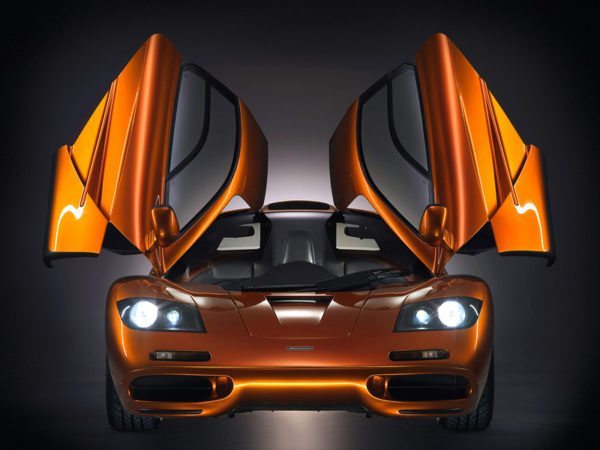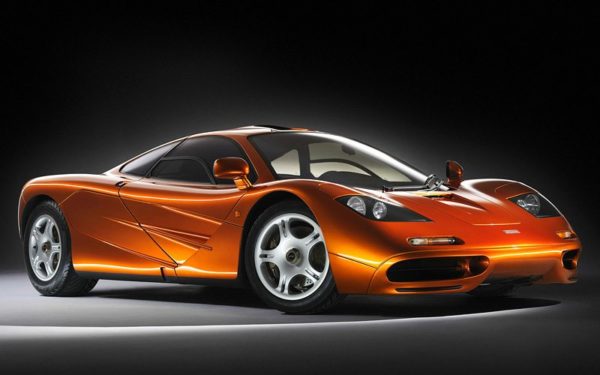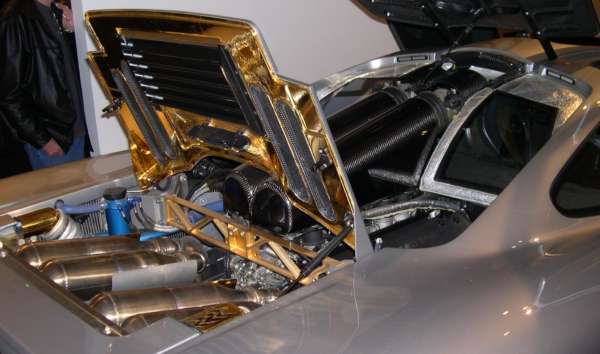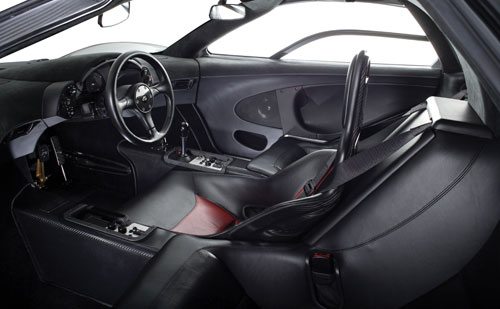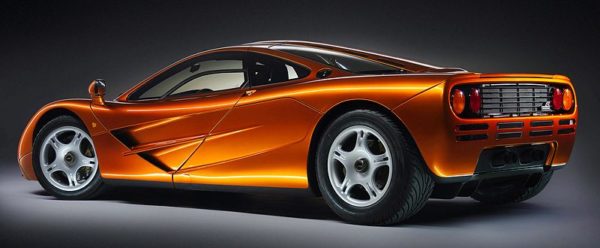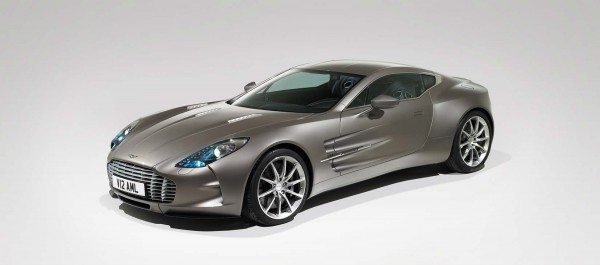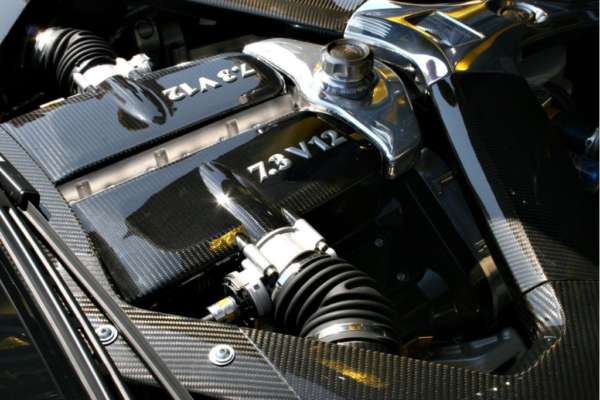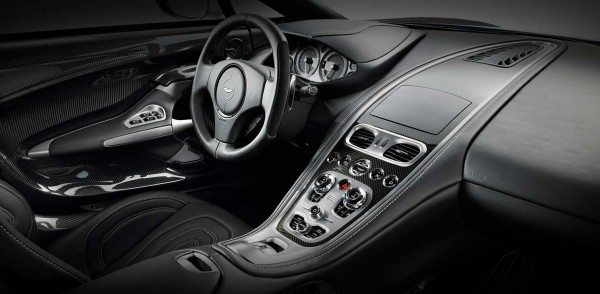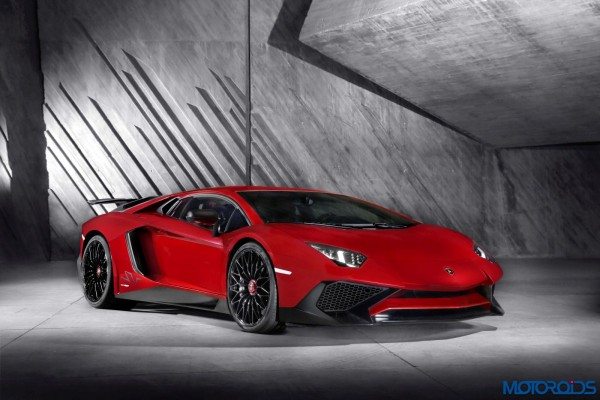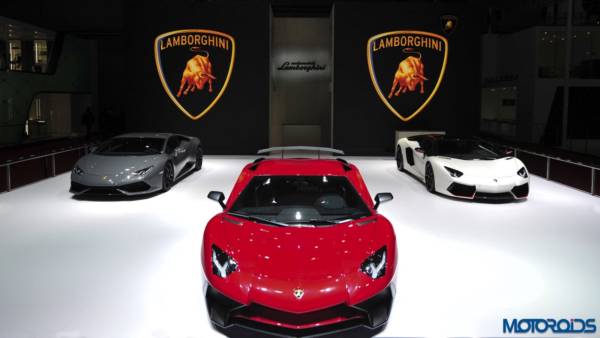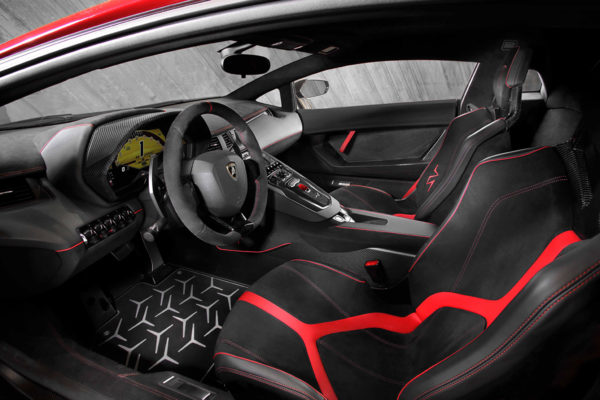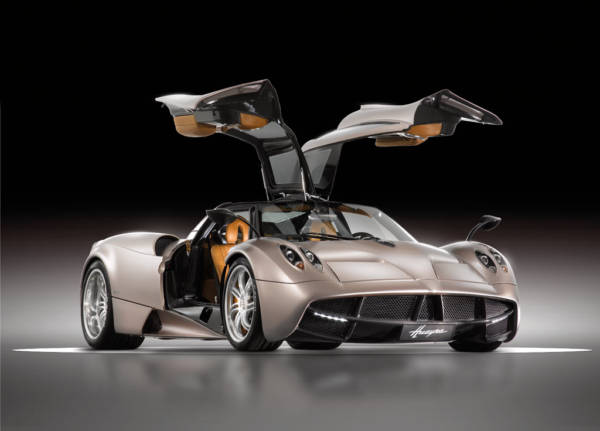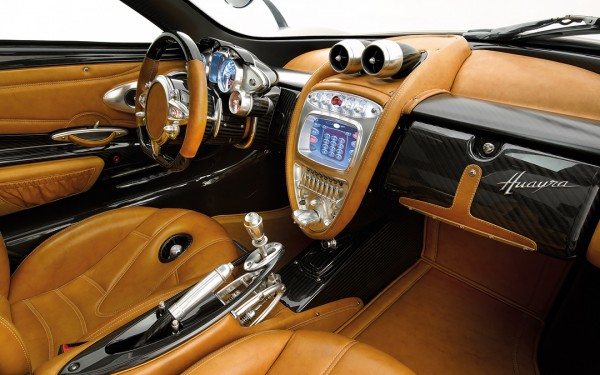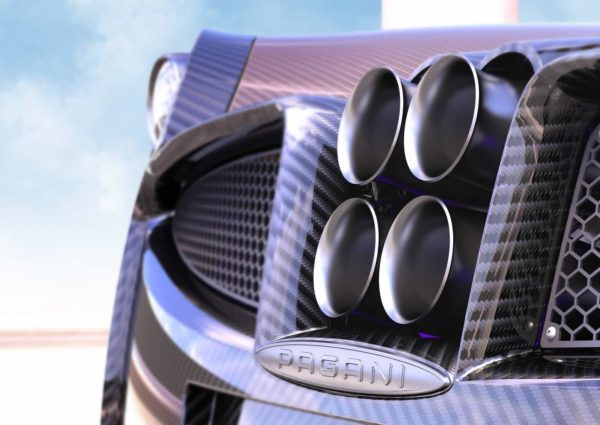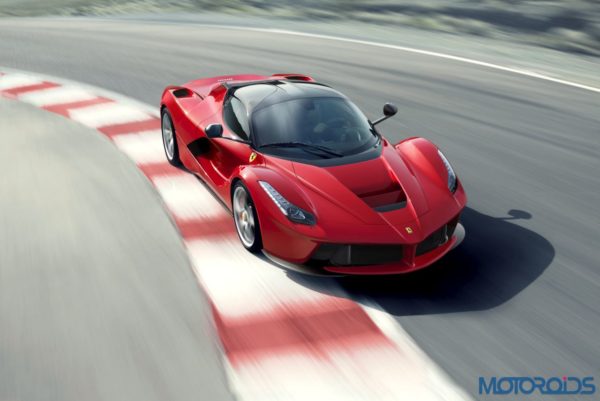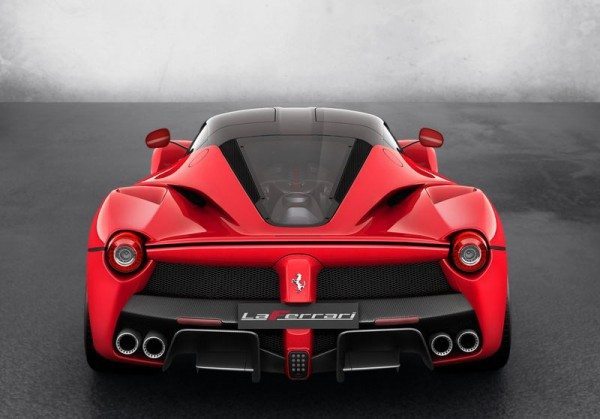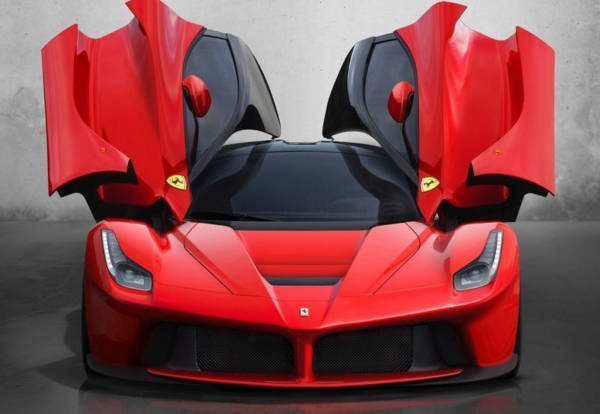Now before we start, we would like to clear out one thing immediately. This is our list of handpicked V12 supercars, picked from a bunch of other, just as deserving ones. However, these are our personal favourites and it’s okay if you don’t agree to any of them. Also, we are rating these cars based purely on their engine output and not exactly their top speed. So without any further ado, let’s get the tyres rolling.
5. McLaren F1:
You probably didn’t see this one coming, did you? Well, if we are talking about the top 5 V12-powered supercars and we didn’t include this legendary and venerable McLaren, we would be cursed by Almighty, himself! The F1 was built just for one thing and one thing, only. To be a no compromise, super fast, super light sports car and the the whole plot was conceived by Gordon Murray and his crack team of engineers and designers at McLaren. Drawing upon their vast Formula 1 and racing knowledge, the company, in 1992, released the spectacular McLaren F1. Forget the term sports car, the F1 was an all-out supercar and rightfully so.
Yes, that is gold and the F1 used 16 grammes of this precious metal.
Murray made sure that his car would be the fastest production road car, ever. Hence, he brought together all the, now ubiquitous, carbon-fibre, aluminium, magnesium etc to make his supercar. The McLaren F1 also had 16 grammes of gold lining its engine bay and that was not for show. Gold is the best heat reflector and the BMW-sourced 6.1-litre naturally aspirated V12 engine, chucked out a lot of heat.
The F1 looks modern and contemporary even in 2015.
The high tech engine featured BMW’s dual-VANOS 4-valves/cylinder variable valve timing technology, which was quite up there in the ’90s. This V12 had a compression ratio of 11:1 and used nikasil coating for the cylinders for increased lifespan. By modern standards, this engine might be considered quite simple, but it churns out 627 horsepower and 651 Nm of torque. All of this went through a 6-speed manual gearbox and to the rear wheels. The drag coefficient of the F1 is a lowly 0.32, compared to the mighty Bugatti Veyron’s 0.36. The power-to-weight ratio is 550 hp/tonne, while the 1001hp Veyron makes 531 hp/tonne.
The driver sits bang in the middle. Formula 1 inspiration is evident.
Put all of this together and what you get, is a car that can shoot from a standstill to 100 km/h in around 3 seconds and hit 200 km/h in 9.4 seconds! The top speed is 386 km/h (7500 rpm limiter) and the world record figure stands at 391 km/h with engine ticking over at 8300 rpm. This made the McLaren F1 the fastest production road car in the world, a title it held for nearly a decade.
Today, a fine example would cost much more than a Veyron.
McLaren made only 106 examples, out of which only 64 were standard road-going versions. This is why in a 2013 car auction in America, one fine example of the F1 was sold at an eye-watering 8.47 million dollars! This makes the McLaren F1 the costliest, rarest and the oldest V12 car on our list.
4. Aston Martin One-77:
In terms of its exclusivity and panache, the Aston Martin One-77 is second only to the McLaren F1. Only 77 fine examples of this supercar were ever made between 2009-2012 and all have been sold. Each One-77 wore a sticker price of over a million pounds and has been widely considered to be the fastest production Aston till date! Just like the McLaren F1, the One-77 doesn’t make use any forced-induction for its 7.3-litre V12 engine. It uses quad overhead camshaft and breathes through 48-valves and is mounted just aft of the front axle, sending its shove to the rear wheels via a 6-speed automated manual transmission. This beast of an engine produces 750 bhp and 750 Nm of torque, making it the most powerful naturally aspirated engine in the world!
The most powerful naturally aspirated engine in the world! Image credit – Source
Despite heavy usage of carbon-fibre and lightweight aluminium, the One-77 still weighs a hefty At 1630 kg, much heavier than the McLaren F1 and it shows. The acceleration time from 0-100 km/h takes around 3.6 seconds, which isn’t slow by any imagination, but isn’t dazzling either. What is very impressive though is this Aston’s 354 km/h top speed. To keep all that speed under control, Aston has endowed the One-77 with height-adjustable pushrod-actuated suspension that teams up with dynamic stability control and powerful Carbon-Ceramic Matrix brakes. The car rides on 20-inch forged alloy wheels and wears Pirelli P Zero Corsa tyres, which are 335mm wide at the rear! The One-77 boasts a power-to-weight ratio figure of around 504 hp/tonne, much less than that of the F1.
The interior of the One-77 isn’t flashy and the wheel isn’t even cluttered with buttons.
You thought we would leave out a Lamborghini?
3. Lamborghini Aventador LP 750-4 Superveloce:
They don’t come more mental than the Lamborghini Aventador LP 750-4 Superveloce (SV) and this Bull isn’t a mass-produced Audi dressed in a pretty dress. What it is, is a Lamborghini at its absolute best and here’s proof. The Aventador LP 750-4 SV packs a 6.5-litre naturally aspirated V12 that’s supplemented by electronically controlled variable valve timing. The end result is 750 horsepower at 8400 rpm and 690 Nm of torque at 5500 rpm. All this is channeled through an automated manual, single-clutch 7-speed transmission, the fastest of its kind in the world. This gearbox can swap cogs in under 50 milliseconds (Corsa mode) and that’s bloody quick! To put that into perspective, it takes a sloppy 300 milliseconds for us humans to blink once.
Only 600 Aventador SV’s (centre) will ever be made.
This Lambo uses the 4th generation Haldex 4-wheel drive system and wears fat 355-section Pirelli PZERO Corsa rubber at the back. It also gets front and rear magneto-rheological dampers and push-rod activated suspension. All this power, brisk gearbox, oodles of grip and trick suspension means that this Lamborghini can rocket from a standstill to 100 km/h in just 2.8 seconds! Left unstopped, this Bull would keep pulverising your senses till it hits 355 km/h. Despite weighing as much as the Aston Martin One-77, the Aventador SV is much quicker and more theatrical. The latter being a hallmark Lamborghini calling card and we at Motoroids, love that! Want one? Get ready to sell off your loved ones and some of your organs for medical experiments, because you’ll need almost 370,000 pounds! The Lamborghini LP 750-4 SV has a power-to-weight ratio of almost 500 hp/tonne.
To save weight, Lamborghini has stripped this SV of its carpets and some gizmos.
Huayra means “God of the winds” and it’s got even flashier doors than the Lambo.
2. Pagani Huayra:
The Pagani Huayra is the swansong for the Italian manufacturer and only 100 pristine examples were ever made in its three year production run. All of these have been sold, each costing a cool 1.6 million dollars (est.). The Huayra is powered by a 6.0-litre Mercedes-AMG M158 V12 twin-turbocharged engine that produces 730 horsepower at 5800 rpm and 1000 Nm of torque between 2250-4500 rpm. The Huayra is made out of an exotic blend of carbon-fibre composites and titanium, bonded together to make one light and stiff body. The result is a weight that’s just north of 1.3 tonnes. The Huayra features a single-clutch 7-speed sequential AMT gearbox, which is super quick to respond and weighs much less than a double-clutch system.
The interior of the Huayra is reminiscent of a 21st century luxury yacht.
The Pagani Huayra has a power-to-weight ratio of over 520 hp/tonne, which is much higher than that of the Aventador SV. The sprint from 0-100 km/h is taken care of in 3.3 seconds and the top speed is 360 km/h! That said, thanks to clever use of active aerodynamic aids and massive carbon-ceramic brakes by Brembo, the Huayra can stop quicker from 100 km/h to zero, than it can accelerate to the tonne mark. Once you stand on the brake pedal, the Huayra will come to face-crushing, organs hurting stop from 100 km/h in just 2 seconds!
The Huayra’s entire exhaust system weighs less than 10 kg.
This Prancing Horse is the third Italian on our list.
1. Ferrari LaFerrari:
The LaFerrari is the only hybrid supercar on our list and the only other car on this list that you can actually buy. Of course, only 499 examples are to be built and the asking price is easily north of a million dollars. The LaFerrari combines a 6.3-litre naturally aspirated V12 with Formula 1 style KERS system to provide additional thrust. KERS stands for Kinetic Energy Recovery System and it supplements an additional 120 kW or 160 bhp. Add to this, the V12’s 790 bhp at 9000 rpm (yes, a V12 that revs to 9k!) and 700 Nm of twist at 6750 rpm, the grand total goes up to a stunning 950 bhp and 900 Nm of torque! This amazing power is sent through a double-clutch 7-speed automated manual transmission, which then sends the power to the rear wheels.
Kerb weight of the LaFerrari is just 1430 kg. Only the McLaren F1 is lighter.
Ferrari claims 0-100 km/h time for the LaFerrari of just 2.9 seconds, top speed is a blistering 350+ km/h. This Prancing Horse has a sub-7 second run to 200 km/h, as fast as some serious hot hatchbacks are from 0-100 km/h. The LaFerrari is so quick, that it has lapped the Fiorano test track in less than 1 minute 20 seconds, way faster than any road going Ferrari. That shouldn’t be much of a surprise, as the carbon-fibre chassis has been specially developed by Ferrari’s Formula 1 technical director Rory Byrne.
The scissor doors are part of this Ferrari’s experience.
The Ferrari LaFerrari also comes with Brembo carbon-ceramic disc brakes as standard. Combine the lightweight body and the oodles of power on tap, this Ferrari boasts of an astonishing 706 hp/tonne! This, the Ferrari LaFerrari, is our pick for the most powerful V12 supercar on the planet as of now. That’s it for this week, folks. Tell us what you think about all of the beauties featured in here. Let us know which one you liked the most and why?

